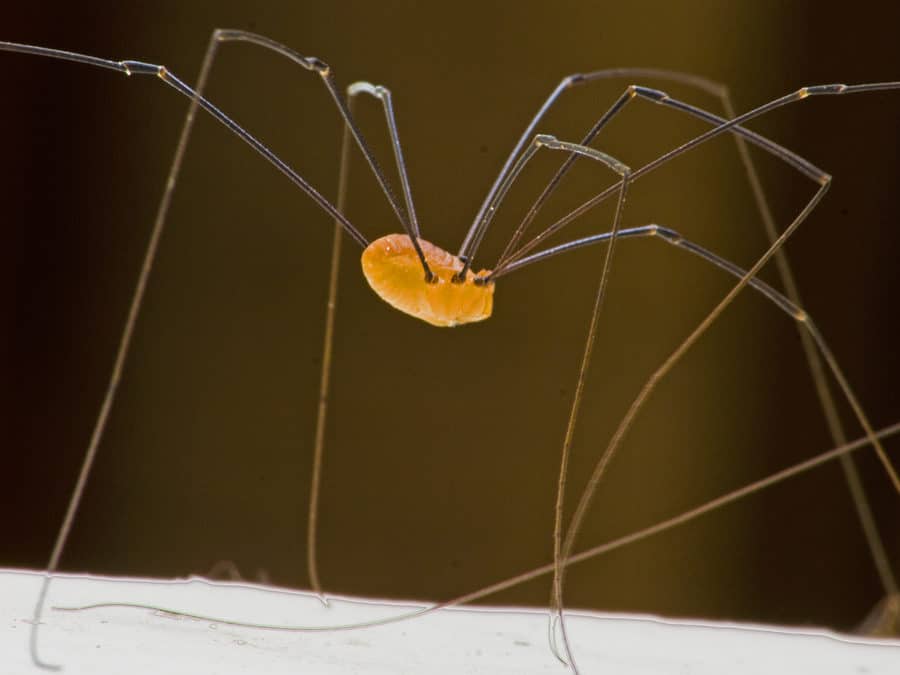READY TO GET STARTED?
REQUEST A FREE ESTIMATE
Fill out the form below or call (888) 466-7849 for a free, no-obligation estimate.

According to popular belief, the granddaddy long leg is the most poisonous spider in the world. While the origins of this myth are unknown, we do know one thing for certain: granddaddy long legs are not spiders and they aren’t poisonous (or venomous for that matter).
Granddaddy long legs, also known as harvestmen, are often mistaken for spiders because of their spider-like appearance and movements. While they do have some spidery characteristics, they are not, in fact, spiders. They are classified as arachnids like spiders because of their 8 legs and movements similar to their spider cousins. Other arachnids that aren’t spiders include ticks, mites, and scorpions. Despite their appearance, granddaddy long legs are actually more like scorpions than spiders. Spiders have 8 eyes while granddaddy long legs only have 2. Spiders also have a distinct waist separating their thorax/head from their abdomen while granddaddy long legs have one fused cavity containing their head, thorax, and abdomen. Finally, spiders produce silk and spin webs. Granddaddy long legs do not produce silk so they can’t make webs.
Poisonous and venomous are often confused, especially when it comes to pests. Poisonous creatures cause harm through touching or ingesting. Venomous creatures cause harm through injection of venom. As far as humans are concerned, granddaddy long legs are neither poisonous or venomous.
Granddaddy long legs do have fang-like mouth parts (also known as chelicerae) that they use to grasp and chew food but they are not used to bite humans nor inject venom. These arachnids have developed some rather unique methods of defense from predators. First, they have a set of stink glands that they deploy to help ward off predators. They also have been known to curl up and play dead when disturbed. The most unique defense mechanism, however, is their ability to shed their legs when grabbed (also known as autotomy). Unfortunately, once they shed an appendage they are unable to grow it back.
Because they pose no threat to humans (and, in fact, feed on other smaller insects that may be in and around your home), you don’t necessarily need to get rid of them should you stumble across one. They prefer dark, moist environments and are often found in crawl spaces, basements, and garages. The best way to get rid of a granddaddy long leg is to sweep or vacuum it up.
Because what attracts granddaddy long legs are smaller pests they can prey on, seeing a large number of them in your home can indicate another pest control issue. If you suspect you have a pest problem, contact a professional pest control company who can help with pest and spider identification and the best course of treatment and future prevention.
Is That Bird’s Nest Dangerous?
Why You Still Need Pest Control This Winter